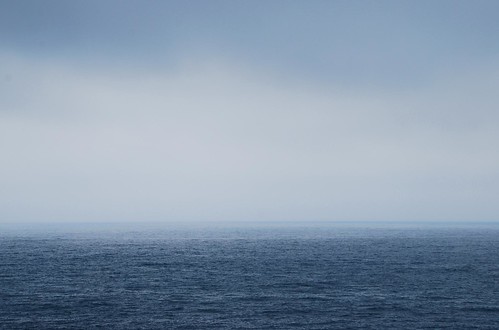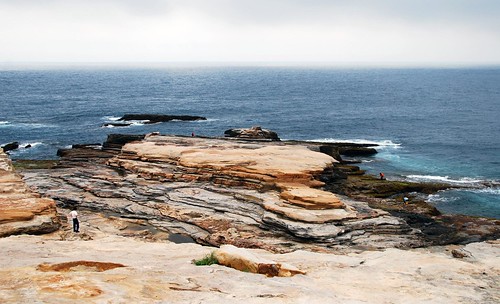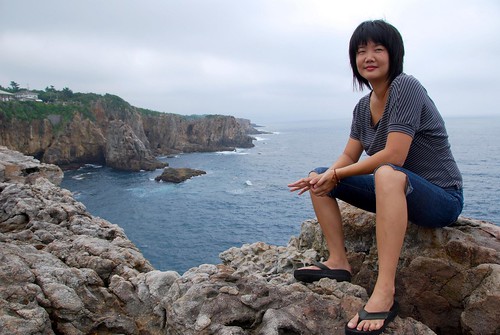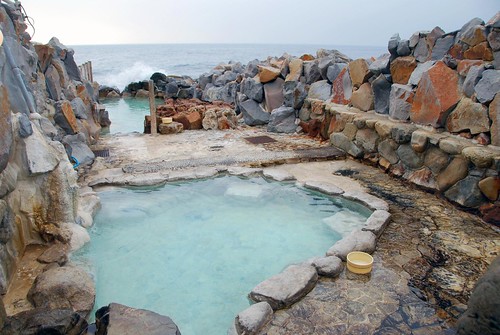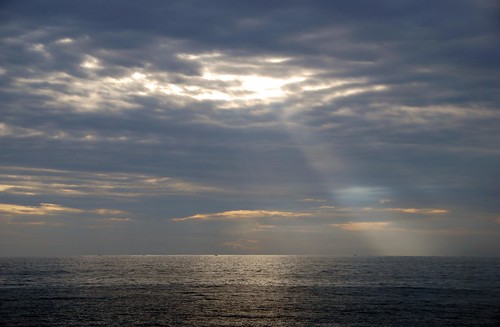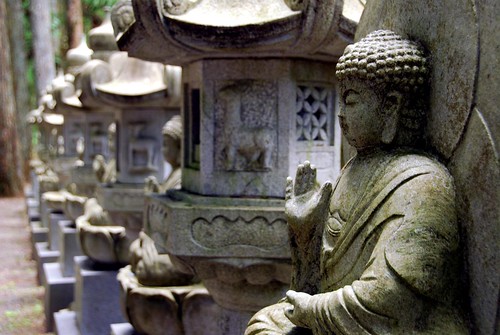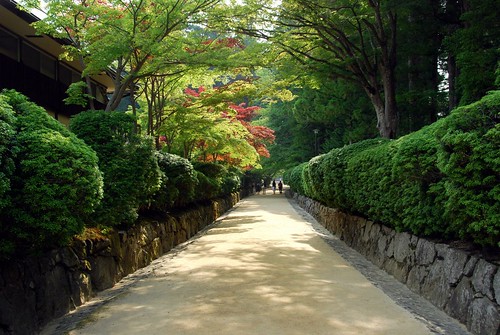Posts Tagged ‘Kansai’
When we told our friends and family that we were going to go through with this 1+ year around-the-world idea, reactions fell all across the spectrum. The great majority of people were supportive, a lot expressed jealousy, but a few seemed concerned. How could we possibly make it a whole year sleeping in a different bed every night? Wouldn’t it be hard eating restaurant food all the time? Wouldn’t we miss our house, a place to call home?
Of course, I was scared of all these things too before we left. It has been really interesting being on the road and realizing that all those things you think you need, you really don’t. Sure, we miss a few things: Jeremy misses his bike, and I miss my sewing machine (and my closet) (ok, and my shoes). But most days we enjoy the simplicity of living out of a bag and we don’t miss THAT much about San Francisco.
Except our family and friends. (OK, and maybe Mission burritos.)
We’ve had a couple of people tell us that we were “brave” for going on this trip, and while I can see where they are coming from, I think that far and away the most courageous thing we’ve done is to find peace with the fact that we will be missing out on 1+ year of our friends’ and families’ lives. Many of our friends at home are having babies or getting pregnant and of course we want to share in those life-changing experiences with them. Both Jeremy and I have ailing grandparents and every moment we spend with them is precious. We knew what we would be missing out on and yet, we still left. We left with only the conviction that this trip was the right thing for us to do at the right time. We left knowing that we would be stealing time from our friends and family but feeling certain that the quality of what we would be able to give them when we came back would be greater. I can think of no “braver” act than that on this trip (even eating the hairy cow rumen). Inertia can be a powerful thing to overcome.
All of this came to a head in Shirahama, a beach town south of Osaka that faces the Pacific Ocean. We decided to go there on a whim…we hadn’t planned to see the coast at all, but we read that there was a nice beach there with an outdoor onsen (mineral hot spring), and since we could get there free using our Japan Rail passes, we decided to go for it.
Since we hadn’t really planned on visiting Shirahama, we didn’t have accommodation booked, but luckily the train station had a tourist information center that could help us. I was busy working with the nice lady at the counter when Jeremy turned to me with his sad face (and if you haven’t seen Jeremy’s sad face, it is really heartbreaking).
Jeremy’s Grandpa Bob, an incredible man who, up until his late 80’s, was still bodysurfing in the Pacific, had passed away.
Fighting back tears (rather unsuccessfully, I might add), we booked a room for the night and boarded the town bus towards our minshuku (Japanese B&B). I’ll tell you what, of all the bumpy, sweaty, scary, torturously long bus rides we’ve endured on the trip thus far, there was never a harder transport moment than those 10 minutes it took us to get from the train station to our B&B, trying to hold it together until we got to the privacy of our room.
There is something poetic about the fact that we had come to Shirahama, a town facing the Pacific Ocean, surely the last ocean that Grandpa Bob—a lifelong lover of the beach—last swam in. When I look at the photos of our time in Shirahama, I see only his presence.
He was with us when we walked on Senjo-jiki (a.k.a. Thousand Tatami Mat Point—locals think the rocks are so wide and flat that they look like a thousand tatami mats all strung together)…
He was with us when we wandered around Sandan-heki (Three Step Cliff)…
He was with us when we soaked in the waters of Sakino-yu onsen, a hot spring on the beach with ocean waves crashing into the cold pool…
He was with us when we swam in the Pacific…
And he was definitely with us as we watched the sun lower over that very same ocean…
Grandpa Bob died at the age of 93, surrounded by all three of his children and some of his grandchildren. His passing, as his life, was full of grace and beauty. We love you, Grandpa Bob.
It’s 6 o’clock in the AM, it’s cold, I’m hungry, and my hips are sore from sitting Indian style for an hour first thing in the morning. Why am I doing this to myself? Because we’re staying at Haryoin Buddhist Temple in Koyasan, a holy mountain retreat area in Japan, and we’ve decided to drag ourselves out of bed at the crack of dawn to witness the temple’s morning prayer. Buddhism is all about suffering, isn’t it? ![]()
Located south of Osaka, Koyasan has 117 subtemples stuffed into 10 square kilometers. If you think that sounds amazing, you’d be right. I have no idea if Koyasan is on the typical Japan tourist route (we heard about it from a Japanese friend—thanks Tomo!!!), but we didn’t see that many other Western tourists while we were here—but we did see loads of Japanese pilgrims, dressed all in white (some wearing bells), wandering from temple to temple and chanting prayers at each stop along the way.
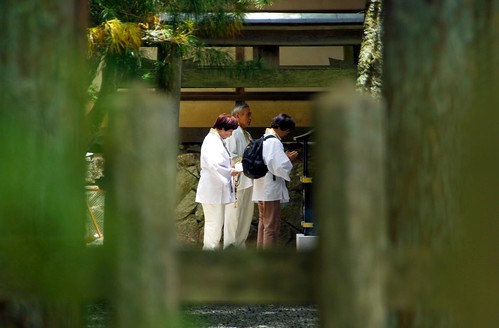
Japanese pilgrims praying at a temple in Koyasan.
And my goodness, what temples they are! Even more stunning than Kyoto, possibly. Even if you don’t know the first thing about Buddhism, the gorgeous natural surroundings, the awe-inspiring temples and pagodas, and the peaceful disposition of the place will conspire to adjust even the most distracted psyche into a state of mindful consciousness.
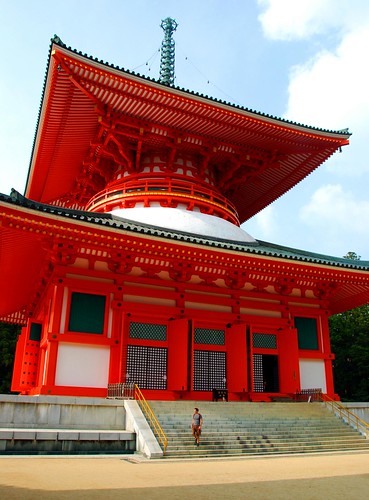
Konpo Daito in Dai Gaan temple complex. There were 5 giant golden Buddhas inside, but unfortunately, you are not allowed to take photos inside Japanese temples. To get an idea of the scale of this thing, look on the steps in front of the temple—yes, that’s Jeremy.
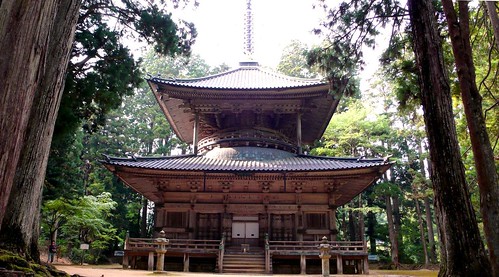
This is Jeremy’s favorite pagoda. Also located within the Dai Garan temple complex. Didn’t I mention that the Japanese can do amazing things with natural wood? ![]()

Unfortunately, I don’t remember what this temple is called! We wandered in off the main street through Koyasan.
Up until 1916, women pilgrims were not allowed into Koyasan, so devout females had to hike a 10 km circuit around the holy mountain area with the hope of glimpsing some of it’s gorgeous temples. Jeremy and I hiked the circuit, which climbs up and down three different 3000 foot mountains and includes many small shrines along the way. It was not a super tough hike, but it was no walk in the park either, and you had to respect these women pilgrims for heir tenacity and devotion. Buddhism is also about mental and physical discipline, right? ![]()
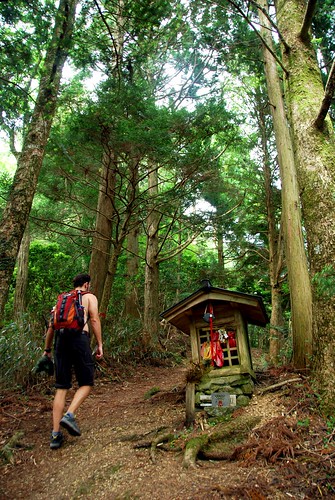
J hiking by a small shrine on Mt. Mani (the first mountain on the Women’s Pilgrim route).
Today, the women’s pilgrim route begins in Okunoin, the most amazing cemetery Jeremy and I have ever seen. Wandering through a cemetery may sound creepy, but it wasn’t at all. Perhaps it’s because Buddhists see death differently than we do in the West…or perhaps it was just the incredible forest growing in and around and over all the gravestones. With over half a million (!!!) tombs in this cemetery, that’s no small feat for this forest.

Jeremy wandering part of Okunoin’s 2km-long sando (entry path).
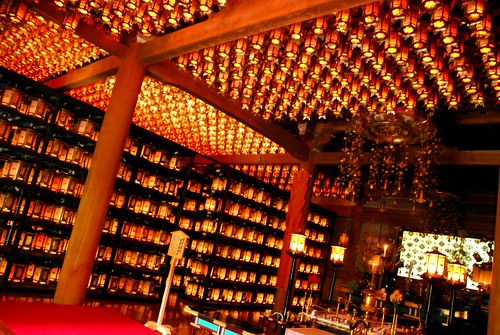
Okunoin’s Torodo (Lantern Hall). There were literlally thousands of lanterns in this room organized in tall shelves with narrow walkways. It felt like a library full of souls.
There’s something very comforting about seeing nature swallow up these gravestones and markers. Again, even if you didn’t know the first thing about Buddhism, Okunoin is enough to convince even the most morbid mind that death can be a thing of beauty.
As I mentioned above, Jeremy and I were staying in Haryoin Temple on Koyasan, and one of the common things to do in shukubo (temple lodging) is to eat shojin ryori, a vegetarian meal that is prepared in the temple. It was tasty, though at 2100 yen (US$21) per person, it was definitely not in the budget for both nights.
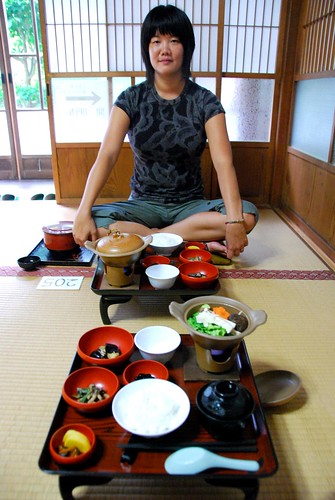
Our shojin ryori dinner at Haryoin.
Our room at Haryoin was the first traditional Japanese style room we stayed in, with a tatami mat floor and futons stored in the closet, to be brought out when you are ready for bed. Though it can be a pain to put your bed away in the morning and take it out at night, we did like how versatile it made the space.
The one thing Jeremy could not deal with at all was the shoe thing. See, Japanese people do not wear their outdoor shoes inside…instead, they take off their shoes and step onto a slatted wood mat to put on their inside slippers. Most places don’t mind if you just walk around in your socks, but Haryoin sort of insisted that we wear the inside slippers. But of course, you cannot wear the slippers on the tatami mat, so you have to take the slippers off before entering your room. To top it all off, there is a separate pair of slippers that you wear in the bathroom. So if you came back to your room from a day of wandering around Koyasan and then went to the bathroom, you would have to take off your outdoor shoes, put on your slippers, go to your room, take off the slippers, put the slippers on again when you leave your room, walk down the hall to the bathroom, take the slippers off, and then put on the bathroom slippers. The Japanese put the “orient” in “process oriented.”
And what can I say about that morning prayer ceremony? Well, it’s not what we expected, that’s for sure. We sort of thought that there would be some bell-ringing and some interactive chanting involved, but Haryoin’s morning prayer involves none of that. Rather, two monks pray out loud for about 30 minutes and then light various candles, eventually culminating in a roaring fire in a metal bowl (which required one monk to get up and turn on the air vent to suck the smoke out of the room). We didn’t understand a word, since it was all in Japanese, and unfortunately, we couldn’t see much either, since we were seated on tatami mats and the altar was raised up on a stage of sorts behind tall screens. Quite frankly, we’re still sort of baffled by the whole thing.
It’s ironic that the spoken ceremony did little to reveal any further insight into Buddhism, but walking around Dai Garan and Okunoin communicated volumes to us. Or…perhaps it’s not ironic at all to learn about Buddhism through observation and experience rather than through the spoken? Buddhism is also about silent meditation, is it not? ![]()
